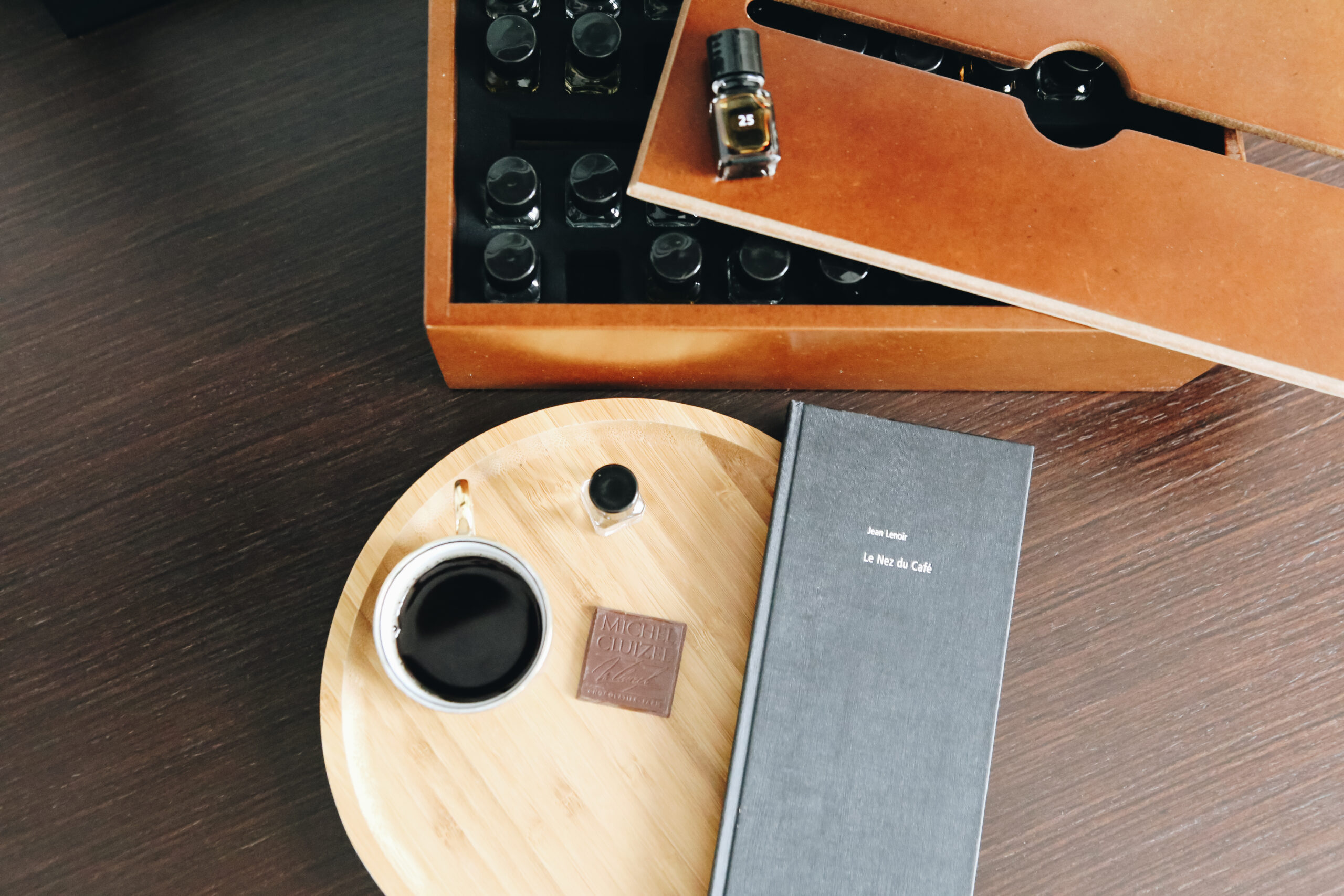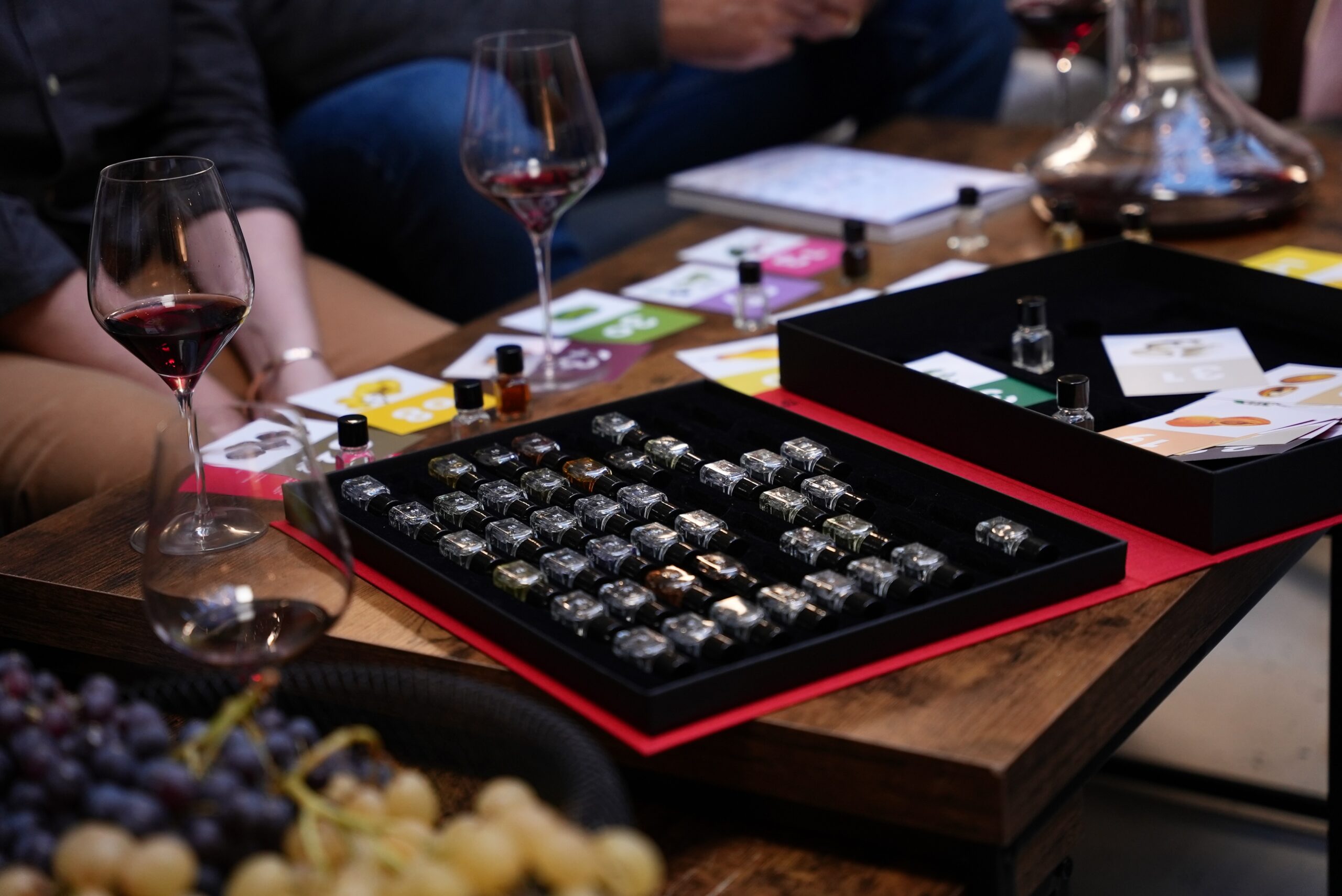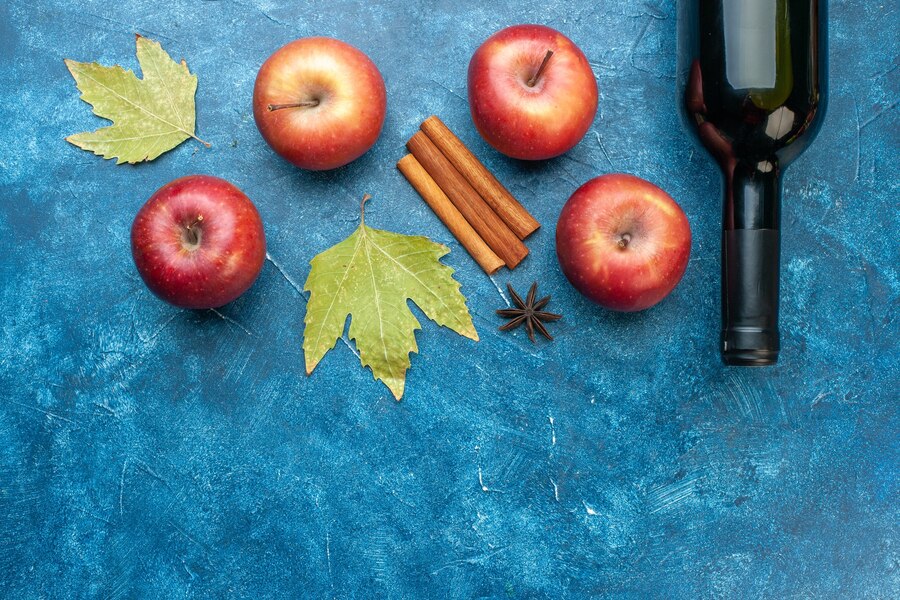Martine Nouet, a writer and journalist specialized in cooking and spirits, now living on the isle of Islay, is highly skilled at the art of delicately harmonizing the essence of dishes with the essence of malt whisky. She who in April of 2012 became the first French woman Master of the Quaich shares her know-how and experience with Le Nez du Whisky readers. She for instance suggests flavoring a dish with a spice (e.g. cardamom or clove), an herb (aniseed, basil), or a dried fruit or nut (prune, dried apricot, hazelnut) so that their taste resonates like an echo when drinking the whisky. From appetizer to cheese and dessert, she offers several “perfect matches”. Here are a few examples:
First course with a touch of hazelnuts
Fennel and cockle crumble – cockles cooked in a bit of butter and parsley, braised fennel, topped with a crumble of flour, butter, oats and toasted hazelnuts. With a single malt whisky aged in bourbon casks, with hazelnut notes, or a marine, slightly peaty single malt whisky.
When hazelnuts are toasted, numerous aromatic compounds, largely heterocycles, blend into the hazelnut oil, and produce a very delicate aromatic note, both buttery and caramelized.
In the course of the whisky-making process, mainly during aging in barrels, ketones such as diacetyl, which smells like butter, pyrazines and furane-derived compounds, which account for caramel notes, are formed and are captured by ethyl alcohol. These compounds remind us of toasted hazelnut and praline.
Main dish with dark chocolate
Medallions of venison in cocoa sauce, with parsnips “au gratin” (oven-grilled) – pan-sautéed medallions of venison, cocoa powder sauce with red wine or port. With a single malt whisky aged in sherry or port casks.
Cocoa beans are quite bitter and not very fragrant. Before they develop a chocolate aroma, they need to be heated to a temperature close to 140°C for about 45 minutes. During roasting, the Maillard reaction leads to the synthesis of a great many aromatic molecules captured by the fat in the cocoa bean, cocoa butter. The final cocoa aroma varies according to the origin of the cocoa beans and the roasting process. There are multiple variations of this unrivalled aroma, besides dark and milk chocolate. The origin of the chocolate note in whisky stems from barrel making and aging.
Dessert with peat aroma
Citrus fruit salad (orange, pomelo, lemon, lime, mandarin, kumquat) enhanced by a whisky granita (made from peaty single malt). With a peaty or iodized single malt. Peat is formed by the fossilization of plants caused by microorganisms, at a rate of four to five centimeters per century. It is an intermediary step in the conversion of vegetation into coal. Peat is used in the kilning of green malt, and its combustion smoke gives malt a whole array of aromatic molecules, mostly phenolic compounds. These compounds are taken in by the alcohol that is generated in the fermentation stage, and the whisky takes on a distinctive aroma of peat. Most distilleries of Islay are famous for their traditionally peaty whisky, and many distilleries throughout Scotland now produce both peated and unpeated versions of their single malt whiskies.
See Le Nez du Whisky, pp. 139-141.


